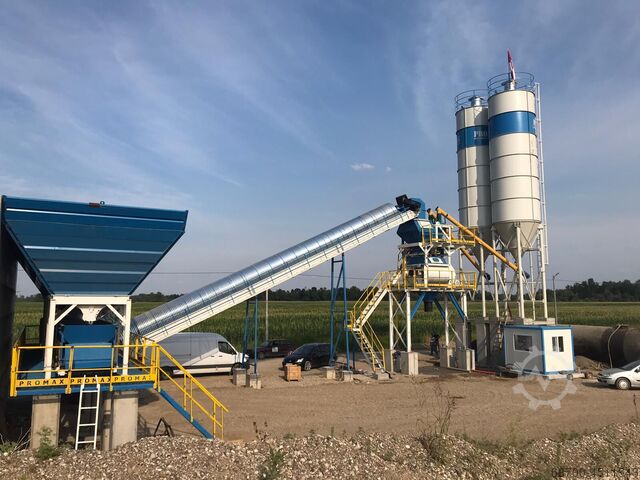Used Lathe Plant Leipzig for sale (8,985)
 Montluçon
Montluçon Mobile concrete mixing plant
PROMAX Mobile Concrete Batching PlantMobile Concrete Batching Plant
 Dinslaken
Dinslaken Grooving and perforating machine
BKM LeipzigBKM-61
 Zuid-Holland
Zuid-Holland Turn-tilt welding table
Key Plant AutomationEHVP-3

+44 20 806 810 84
 Bern
Bern Stationary concrete mixing plant
PROMAX Concrete Batching PlantS100-TWN (100m3/h)
 Andernach
Andernach Container turning device
Key Plant AutomationPR3
Discover more used machines
 United Kingdom
United Kingdom Stationary concrete mixing plant
PROMAX Compact Concrete Batching PlantС60-SNG PLUS (60m³/h)
 Andernach
Andernach Face-turning table-welding turntable 120t
Key PlantPlandrehtisch TT-120
 Andernach
Andernach Container turning device
Key PlantSAR60
 Andernach
Andernach Container turning device
Key PlantSAR40 Anti-Drift
 Andernach
Andernach Container turning device
Key PlantSAR50
 București
București LATHE 630x4000
DEMOORlathe
 Nordrhein-Westfalen
Nordrhein-Westfalen Automatic lathe
CitizenM 12
 Nordrhein-Westfalen
Nordrhein-Westfalen Plant for packaging & stacking
Robotic Systemfor Carton Packaging and Stacking
 Veneto
Veneto CNC lathe
NAKAMURAWT 250
 Baden-Württemberg
Baden-Württemberg CNC lathe
MazakMultiplex MP 6200 Y + Portal Loading
 Olomoucký kraj
Olomoucký kraj CNC lathe
ChevalierFVL-1250VTC+C
 Singapore
Singapore Automatic bar lathe
TORNOSDeco Sigma 20/6
 Nordrhein-Westfalen
Nordrhein-Westfalen Automatic lathe
CitizenM 12
 Lombardia
Lombardia CNC lathe
TAKAMAZXY 1000
 Baden-Württemberg
Baden-Württemberg CNC lathe
MazakMultiplex MP 6200 Y + Portal Loading
 Nordrhein-Westfalen
Nordrhein-Westfalen Automatic lathe
CitizenM 16
 Baden-Württemberg
Baden-Württemberg Vertical lathe
EmagVSC 7
 Nordrhein-Westfalen
Nordrhein-Westfalen Automatic lathe
CitizenM 16
 Baden-Württemberg
Baden-Württemberg Vertical lathe
EMAGVL 5i
 Nordrhein-Westfalen
Nordrhein-Westfalen Automatic lathe
CitizenL 32 VII
Used Lathe Plant Leipzig (8,985)
Search Machineseeker now with more than 200,000 used machines:Browse through the most popular machine descriptions:
This may be of interest to you

+44 20 806 810 84

































































































































































































